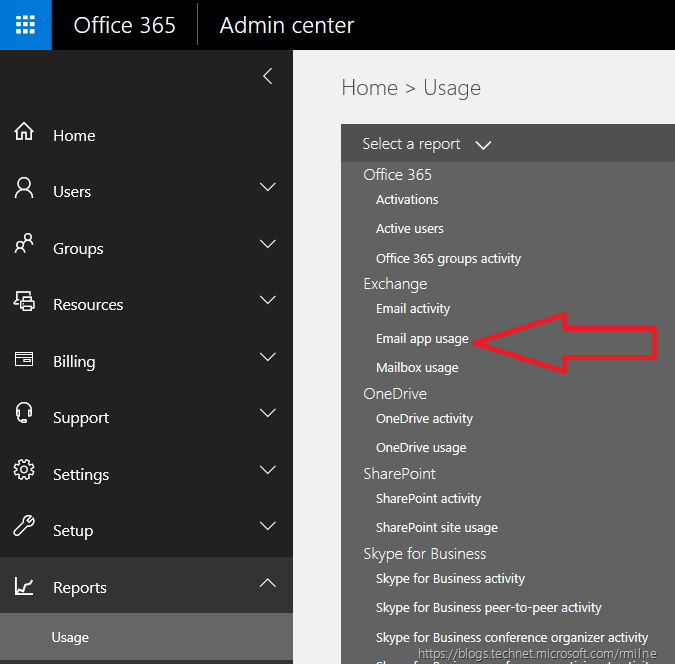

For Exchange 2013+ that is the method used. MRS is a well established “migration-ish” protocol, that is very well know for it’s use in Hybrid migrations. Obviously it goes without saying but, OA does not support EXO (Exchange Online) as source.Previous patching of the Exchange Server can be needed, before proceeding.Setting up and/or troubleshooting OA can become complex really fast, in an Exchange version that is EOS since October 2020.OA migrations are lift and shift and not feasible for large volumes of data.as stated above, the protocol is legacy and Microsoft actually stopped supporting it, in Exchange Online, back in 2017.But what are the main problems with Outlook Anywhere? Outlook Anywhere is an old legacy protocol, that amongst other things, can be used to migrate Public Folders from Exchange 2010 to Exchange Online. Now that we outlined some of the biggest differences between large and small migrations, lets talk about the available protocols to migrate: Outlook Anywhere In addition to the above, large migrations also require pre migration work, that will basically focus on splitting the data into smaller chunks and pointing it to multiple target mailboxes, just so we never rely in the Microsoft auto splitting process for Public Folders.

If you think you can migrate 2TB of Public folders with MRS, there’s no better way of saying this so I’ll just go for it: “YOU’RE WRONG”.


But all this flexibility pushed Public Folder migrations to the back of the “moving to the cloud” workload queue. What Microsoft never supported, although it was technically possible, was two source of authorities for a Public Folder infrastructure, within a Hybrid Deployment. Usually, what that means in practical terms, is that they are addressing the more complex and harder to move or coexist workloads, which also translates to Public Folder migrations, amongst other things.įor many years Microsoft made it easy for Microsoft 365 users to access Public Folders on premises, and not that long ago they enabled on premises users to access Microsoft 365 Pu blic Folder s. Not only corporations still use Public Folders, but also they want to move them to the cloud and keep using them.įor the past year or two, working for a company that owns an outstanding migration product, MigrationWiz, I’ve seen a trend of large organizations worldwide getting to their final stages of the transition to the cloud. If your first thought when you read this blog title, was “but do people still use Public Folders?”, the answer is YES!


 0 kommentar(er)
0 kommentar(er)
